
Pet parents looking to give their cats the occasional veggie treat may wonder if cats can eat carrots. While carrots are a safe option for your feline family member, you’ll want to know the potential risks and benefits before giving this vegetable to your cat.
Learn more about how to safely share carrots with your cat.
Yes, cats can eat carrots. Carrots are a safe vegetable for cats to snack on and are not considered toxic to cats, but they should only be given as occasional treats.
Cats are obligate carnivores, which means they require animal products in their diet to meet their nutritional needs. Additionally, if your cat is eating a diet approved by the Association of American Feed Control Officials (AAFCO) for their life stage, all their nutritional needs are being met by their normal cat food. Your cat’s balanced diet should make up at least 90% of their daily calories. Any treats, including carrots, should not comprise more than 10% of your cat’s daily caloric intake.
Carrots are a good source of fiber, which can help with your cat’s digestion. Fiber improves stool quality in cats.
Cats are also a great source of the following vitamins and minerals:
Carrots also contain the antioxidant beta carotene, which can be helpful with cognitive function, as well as skin and eye health.
If you’ll be feeding carrots to your cat, make sure you’re cooking and slicing them correctly to make them more digestible and to reduce the risk of choking.
Here's how to properly prepare carrots for your cat:
Feeding too many carrots can impact the balance of your cat’s diet, so they should only be given as an occasional treat.
Other risks include:
If your cat already has any chronic health conditions, such as diabetes, you should speak with your veterinarian before adding a new food to your cat’s diet.
Not all cats will like carrots, and that’s okay. If your cat turns up their nose at carrots, and you still want to find a vegetable snack for them to enjoy, consider one of these alternatives:
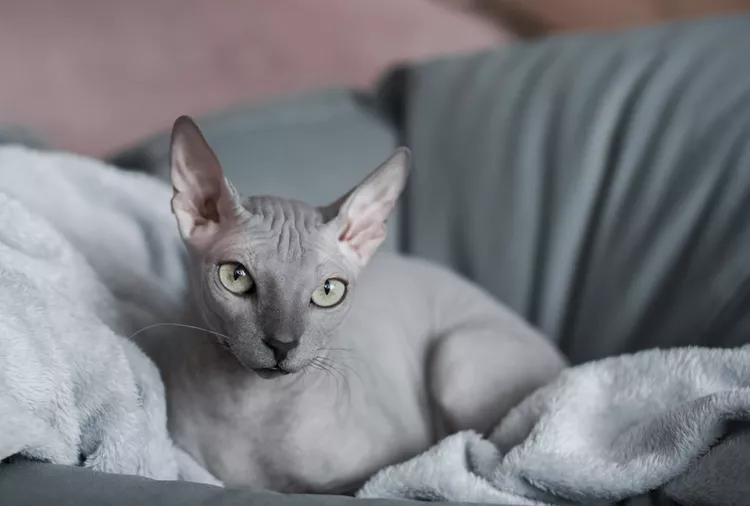
212 Hairless Cat Names For Your Beautifully Bald Feline
Discover the perfect name for your hairless cat with our list of over 200 creative and unique names. From quirky to classic, find a fitting choice for your beautifully bald feline companion.
8 Things Your Cat Loves
Just like humans, cats can have a long list of things they like. Find out what cats love so you can keep your cat happy and healthy.
How to Tell If a Kitten is a Boy or a Girl
If you're wondering whether your new kitten is a boy or a girl, here are three ways to help determine the sex of your cat.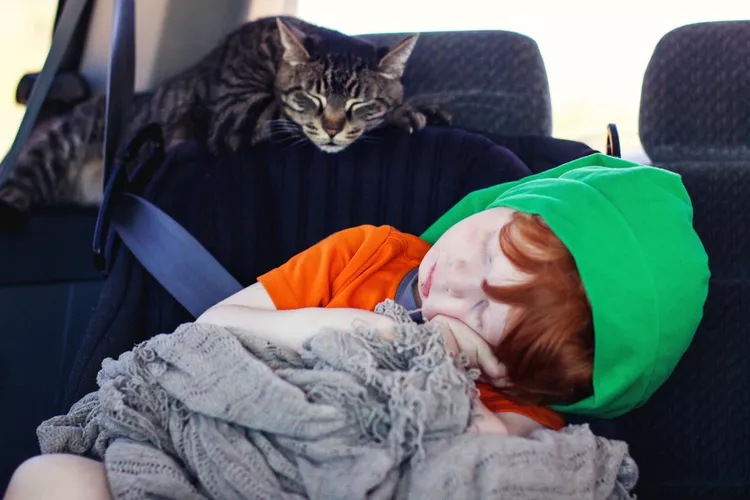
8 Tips to Help Cats Enjoy Car Travel
Cats are creatures of habit, and they hate to travel. Learn tips to prepare them for travel in the car, whether going to the vet or on vacation.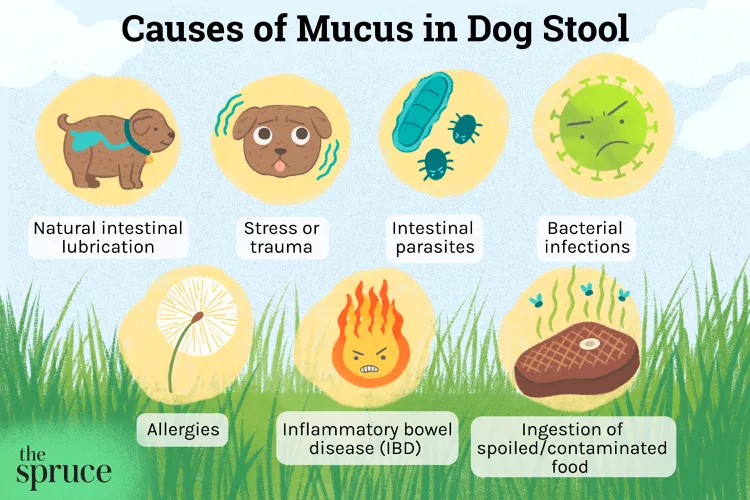
Common Causes of Mucus in Dog Poop
Seeing mucus in your dog's poop can be concerning to a dog owner. Here are common causes and treatment of mucus in a dog's stool.
Is Shrimp Bad For Dogs?
Shrimp can be a healthy, nutritional food for people but can dogs eat them, too? What are the main concerns with feeding shrimp to your dog?
Can Dogs Eat Grapes?
Are grapes safe for dogs? Grapes and raisins can cause serious toxicity in dogs. Find out what to do if your dog eats grapes.
Maine Coon Cat: Breed Profile, Characteristics & Care
The Maine Coon cat is of the largest cat breeds in the world. These amiable, gentle cats make great companions. Learn about the Maine Coon cat breed's appearance, temperament, health, and care needs.
Selkirk Rex: Cat Breed Profile, Characteristics & Care
The Selkirk Rex is a charming cat with a tousled coat and a loving, laid-back personality. Learn about the Selkirk Rex breed.
How to Stop Your Cat From Chewing Electrical Cords
Cats are known to pounce and attack inanimate objects, like electrical cords. Learn how to prevent your cat from ambushing objects that may harm it.
What Do Cats Think About?
Have you ever wondered what cats think about? A number of studies have explored cat behavior and feline cognition, but there's still more to learn.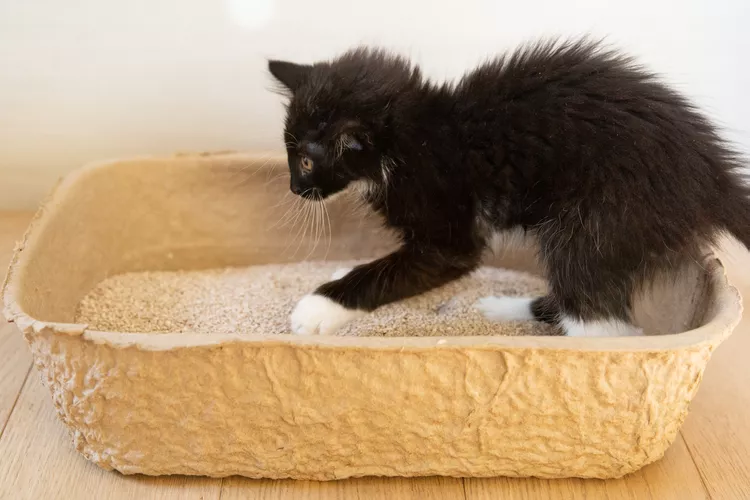
Training Your Kitten to Use the Litter Box
Bringing home a new kitten means they need to learn how to properly use a litter box. Discover how to successfully litter box train your kitten.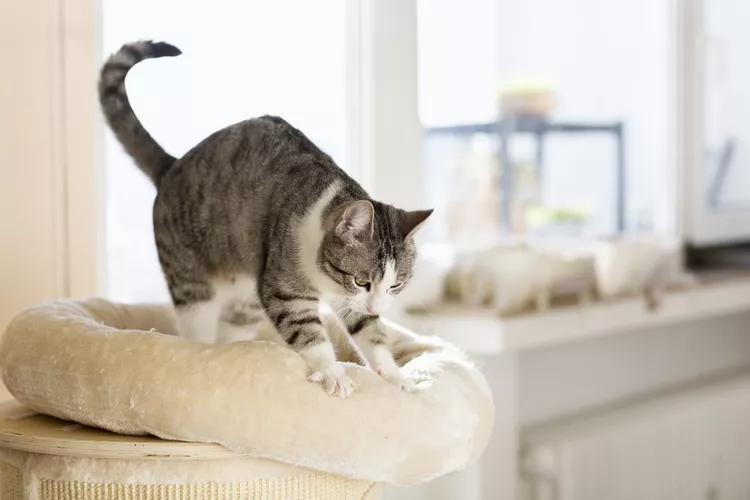
Why Do Cats Knead?
Kneading is a common behavior in cats of all ages. Learn why cats "make biscuits" and what it means for you, your cat, and all your blankets.
Dandie Dinmont Terrier: Dog Breed Characteristics & Care
Learn about the Dandie Dinmont Terrier, a silky dog breed with a signature puff of hair atop its head and a friendly, companionable personality.
Tibetan Mastiff: Dog Breed Characteristics & Care
Learn about the Tibetan mastiff, an ancient guardian dog breed. This breed is known for their massive stature, flowing mane, and protective personality.
4 Reasons Why Your Dog Licks Their Butt
Butt-licking in dogs can be a part of normal grooming, but excessive butt-licking is not normal. Read about the most common reasons for this behavior.
How to Teach Your Dog the "Leave It" Command
Training your dog the "leave it" command is a great way to instill self-control. Learn how to teach your dog to not pick things up from the ground.
How to Solve Your Dog's Fear of Car Rides
Is your dog scared of car rides? This fear of riding in cars is common. Learn why your dog is scared of car rides and how to help conquer this fear.
Can Dogs Get Depression? How to Help Your Sad Dog
Can dogs get depression? Learn about the signs of depression in dogs and find out how to help your sad dog.
How to Play Tug of War With Your Dog
Many dogs love to play tug of war, and it's a healthy game that provides great exercise. Learn the best way to safely play tug of war with your dog.